A true Working Unicorn in my Stable
No matter if under studio conditions or on the street, the Nikon FE2 film camera is part of my inner circle of cameras to do the job. Amongst all cameras of the FM/FE series, this advanced semi-professional level, interchangeable-lens, single lens reflex (SLR) camera is my absolute favourite, getting close the Nikon FM3A, just way cheaper.
The FE2 has a vertical-travel focal-plane Titanium shutter with a speed range of 8 to 1/4000th seconds, Bulb and flash X-sync of 1/250th second. It was produced from 1983 to 1987 as the successor to the Nikon FE in black with chrome trim and all black. As I have a Nikon FE with chrome trim, I chose the all black version for my FE2. The chrome part is beautiful, but the all black version is simply a very elegant design.
Originally sold for around 400 EUR, you should be able to catch a Nikon FE2 in mint condition for about 150 EUR. My standard advice: Be careful on ebay, too many people selling crap there.
The FE2 is a member of the classic Nikon compact F-series 35 mm SLRs and was built upon a compact but rugged copper-aluminum alloy chassis similar to the ones used by the earlier Nikon FM (introduced in 1977), FE (1978), and FM2 (1982) cameras. The FM2/FE2 twins were improved successors to the successful Nikon FM/FE cameras with enhanced features, but minor external controls and cosmetic differences. The limited-production Nikon FM3A of 2001 continued to use it until 2006.
Features
The Nikon FE2 was the first camera to feature a minimum flash sync speed of 1/250th second. That’s possible because of it’s advanced Titanium shutter, offering a speed range from 8 seconds to 1/4000th second. In “Auto” mode the FE2 can even expose much longer than 8 seconds.
A big improvement to the Nikon FE is the silicon photo diode light meter. Also the viewfinder information got an update, featuring a dedicated LED (+/-) when exposure correction is switched on – a life saving feature, if you are using the EV correction on a regular basis like I do.
The Nikon FE2 has four operating modes to control the exposure and three metering sensors to provide metering:
-
- Aperture priority AE
- Manual Exposure
- TTL flash AE
- Stop Down Metering (for non AI lenses)
The FE2’s built in exposure control is more than sufficient to handle most of your photography tasks imaginable. I absolutely appreciate the advanced metering system of the Nikon FE2 over the FE, so I’d like to have a more detailed view on it:
Aperture priority AE
The Nikon FE2 employs a through-the-lens (TTL) center-weighted full aperture exposure metering system which measures the light passing through the lens at maximum aperture. This assures a bright finder image during shooting session. Exposure measurement put a strong emphasis at the 12 mm diameter central area with the standard type K focusing screen. To activate the metering, you need to pull the film advance lever to unlock the shutter button. When pressing the button halfway down, the camera starts metering and will stay active for 16 seconds.
The FE2 is matching stepless speeds from 8 seconds to 1/4000 second. Stepless means, that if the aperture value that you have set in your lens demands an accuracy of 1/131 second, the camera’s electronically controlled shutter will go precisely to the matching shutter speed to your preset aperture – even if this value is in between the given manual shutter speeds.
Memory Lock (AE-L)
A very useful but a little bit hidden metering tool is the Memory Lock (AE-L). Memory lock is a fast and convenient way to manipulate the center weighted metering in automatic mode to the needs of your image composition, as the object which you want to be precisely metered isn’t always in the center of your planned composition but somewhere else in the picture.
For this case, the self-timer lever in the Nikon FE2 has a second function – it also serves as memory lock when pressed to the opposite direction (that means, towards the lens).
You simply focus on the object which you want to be correctly metered, press the self-time lever towards the lense, move the focus to the needs of your composition and press the shutter button.
The FE2’s memory lock is a great improvement over the original FE, as the FE2’s metering needle will not move once the lever is held down. The FE’s meter needle continues to move while the memory lock is activated, what might leave you unsure if the metering is really still locked or not.
EV Correction
The exposure compensation of the FE2 works in 1/3 steps from +2 EV to -2 EV (The FE only offers 1/2 steps).
Lens Compatibility
Unlike the Nikon FE, the Nikon FE2 cannot use non-AI Nikkor lenses (unless you go for stop down metering) because the AI prong cannot be flipped up. With the Nikon FE2 you can use most of the AI-type Nikkor lenses, as well as autofocus Nikkors up to, but not including the "G" series.
TTL OTF Flash Metering
When it comes to photographing with flash, the Nikon FE2 is absolutely superior to any other camera of the FM/FE family as well as to many of its competitors of other brands. The FE2 offeres TTL OTF flash metering in addition to conventional manual and auto flash.
The advantage of this system is that the light is directly measured at the precise moment of exposure, metering the amount of light striking the film through the lens and regulating the power output of the flash unit for the exposure. No matter which lense, no matter which filters applied: By metering through the lense the flash unit will fire for an absolutely precise exposure without any further math by you.
The Batteries
Either two (1.55V) S-76 Silver Oxide, or two (1.5V) LR44 or one 3V CR 1/3N Lithium power cell. A fresh battery setup can last for about a year, depends on usage. The shutter is locked when the batteries are empty, but can be unlocked by setting the shutter speed to M250 or Bulb, which are mechanical and work without batteries.
1/4000 – shooting high speed film in bright daylight!
The absolutely precise electronic titanium shutter and the featured 1/4000 shutter speed are absolutely perfect if you don't want to decide forehand for which special light conditions you'd like to go for. Simply load the FE2 with your favourite ISO400 film. You'll still be perfectly able to shoot it in bright daylight with other apertures than f16. Long live the Bokeh!
Elegance & Sophistication
The Nikon FE/FM family combines elegance, sophisticated technology and absolute precision. To put it in one sentence: It looks like I'm expecting a perfect 35mm film photography camera to look like.
For those who are in favour of the Nikon FM3a, but don't want to spend 450-500 EUR for a mint condition model, the Nikon FE2 is a valuable alternative.
I'm Lovin' It
For those who are in favour of the Nikon FM3a, but don’t want to spend 450-500 EUR for a mint condition model, the Nikon FE2 is a valuable alternative.
The “fully mechanical”, working without battery argument for the FM series is quite rediculous for me. We all need to remember to pack enough film rolls. So what’s the problem to add those miniature battery replacement also to the camera bag? And for the light meter of the FM series, you anyway need batteries. So what?
I absolutely enjoy the advanced shutter technology of the FE2 over the FE/FM series. At it’s time, the FE2 really was cutting edge technology in the semi-professional sector. Robust, reliable and, if I didn’t mention it before, elegant like hell.
Original Nikon FE2 Instruction Manual
You can download the original Nikon FE2 instruction manual as PDF from Mike Butkus’ website or get it printed here. Please note that I am not connected in any way to both websites.
Related Posts
Post
Zorki 1 Soviet Film Camera Review
The Zorki from JenaJuli, 1945. The US Army handed the small German town Jena over to the Soviet…
Post
Nikon F100 Film Camera Review
From Nikon FE to F100The Nikon F100 is often labeled as the second best film photography camera of…
Post
Kiev 88 Camera Review
The »Hasselbladsky«The Kiev 88 is a well known medium format SLR film camera. Despite some lack of…
5 Comments
What do you think?Cancel reply
This site uses Akismet to reduce spam. Learn how your comment data is processed.

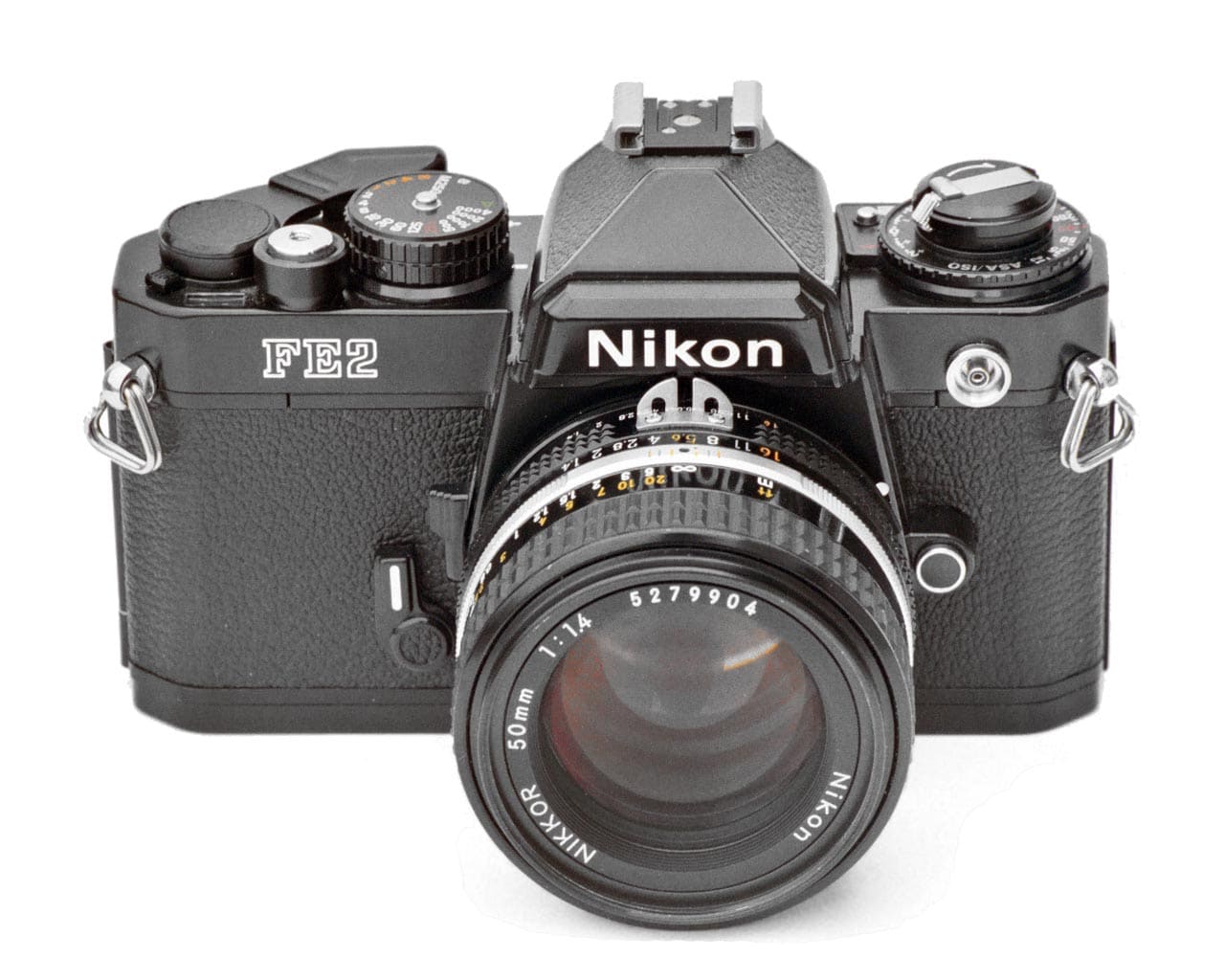
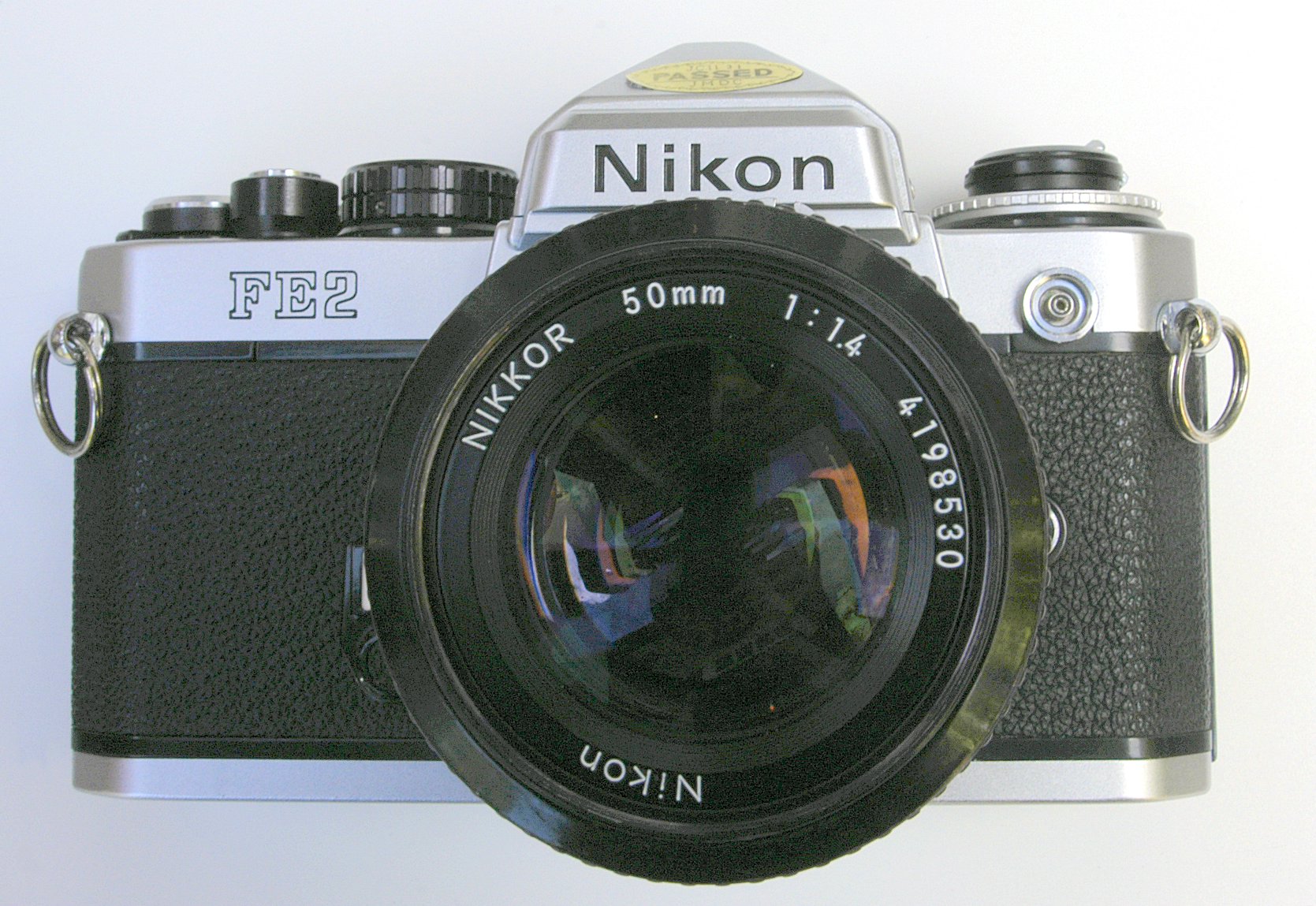
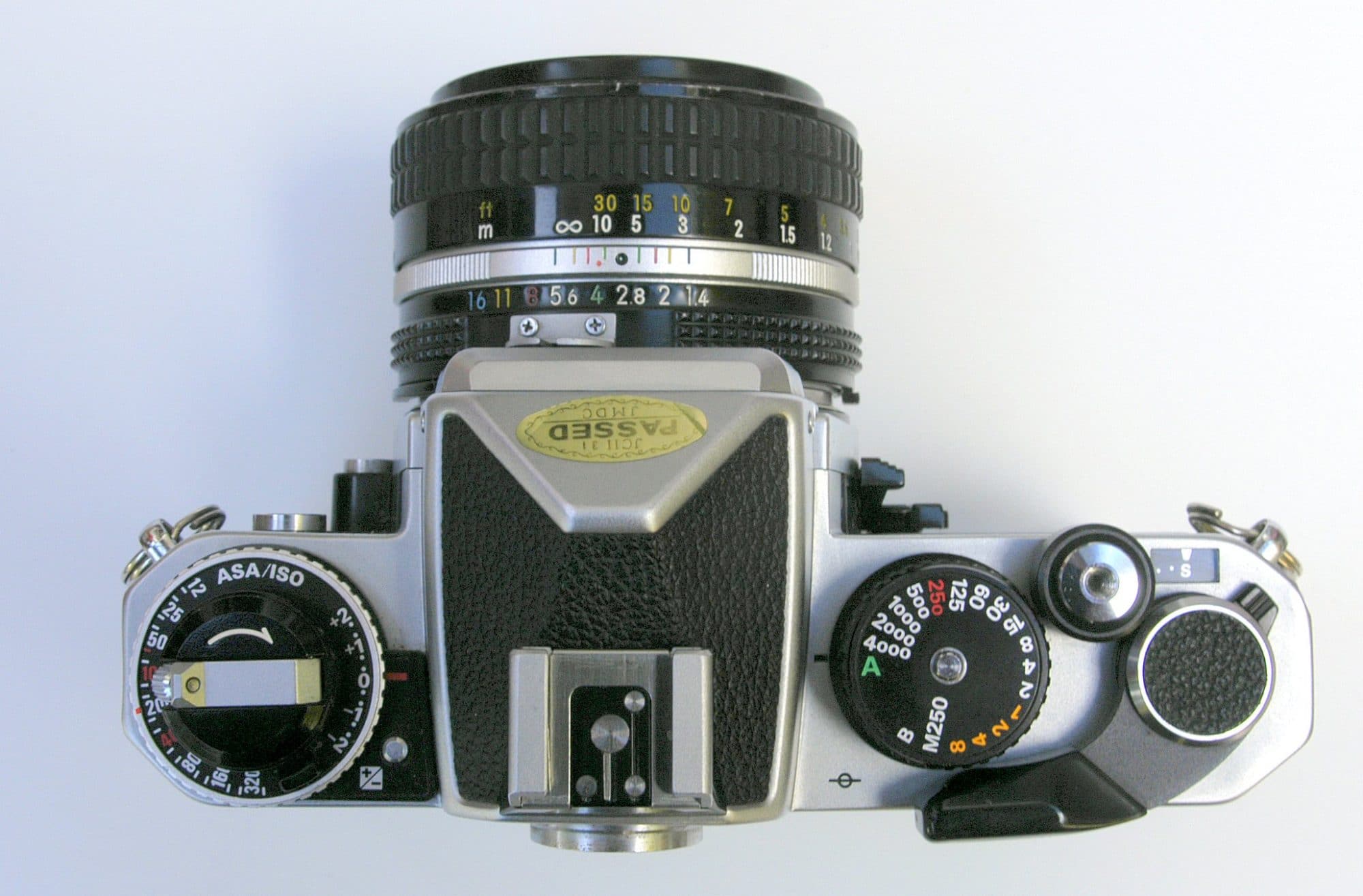
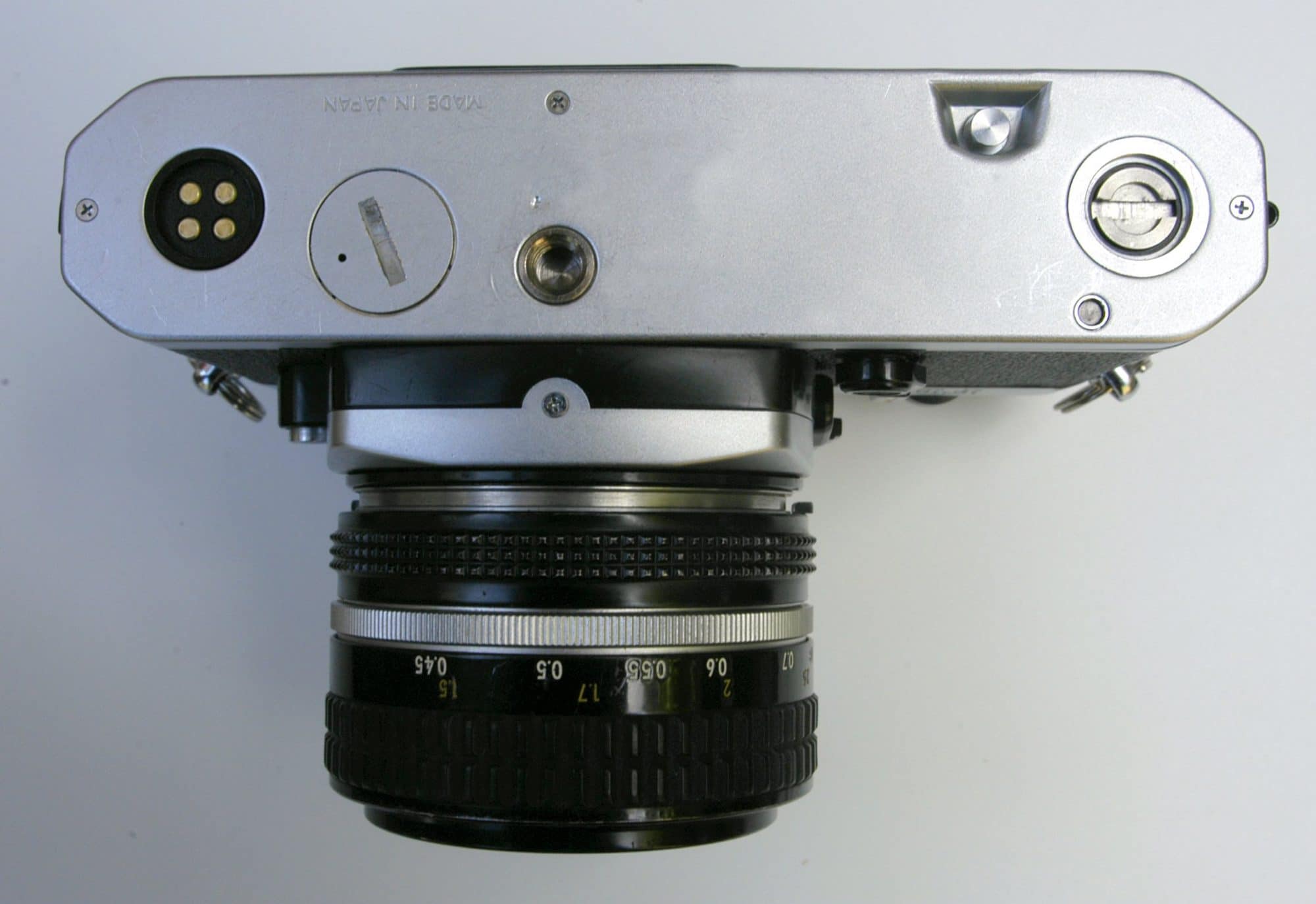
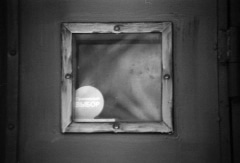
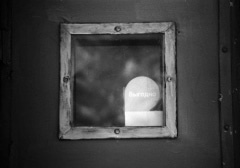
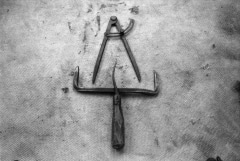
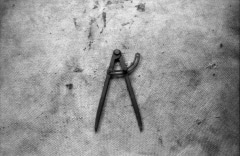
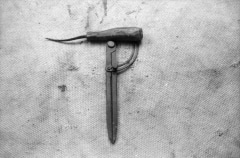
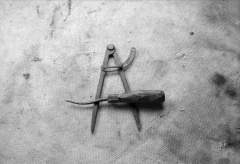
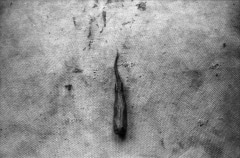
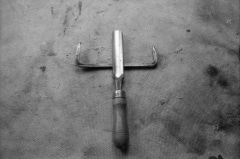
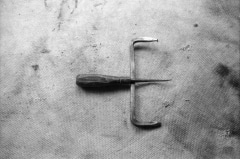
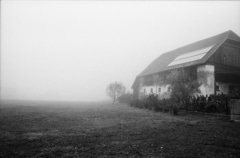
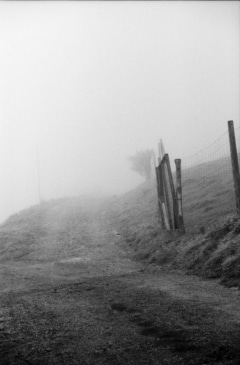
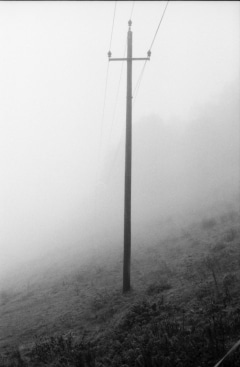
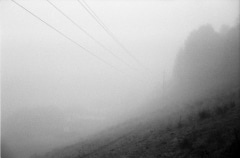
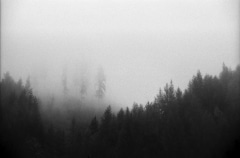

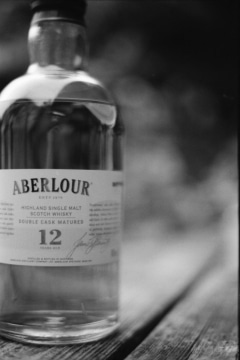


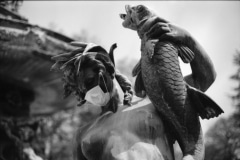
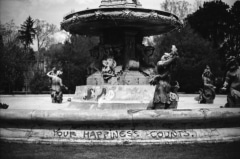

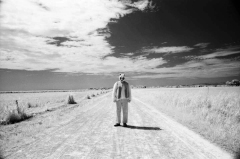
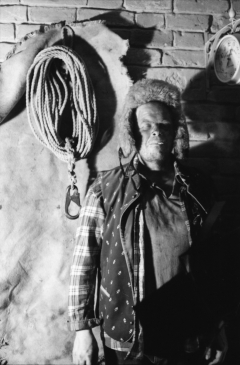
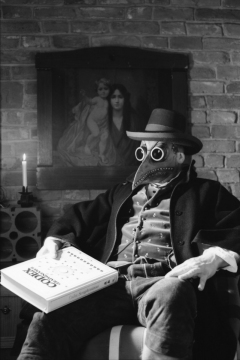

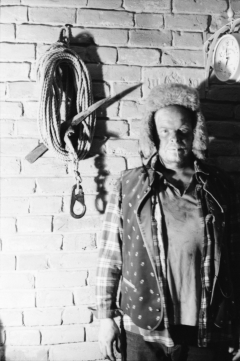
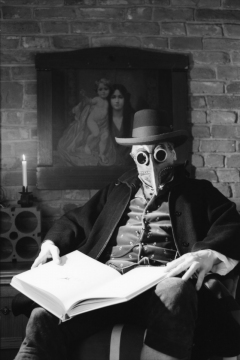
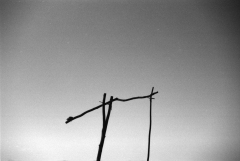
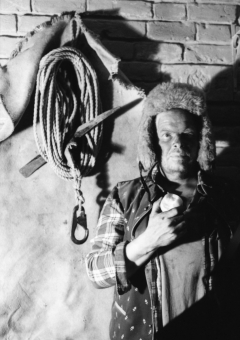
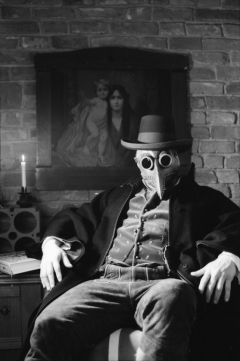

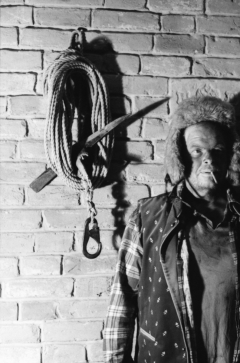

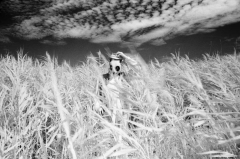
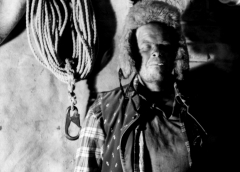

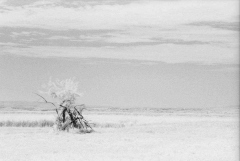
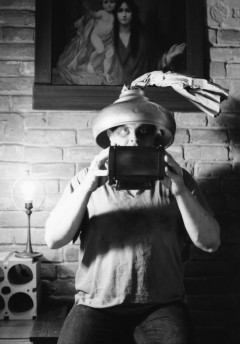
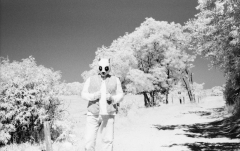
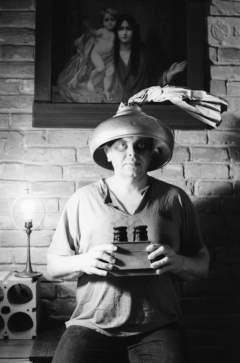
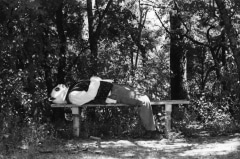


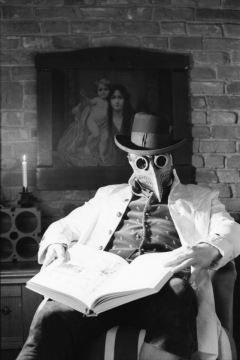
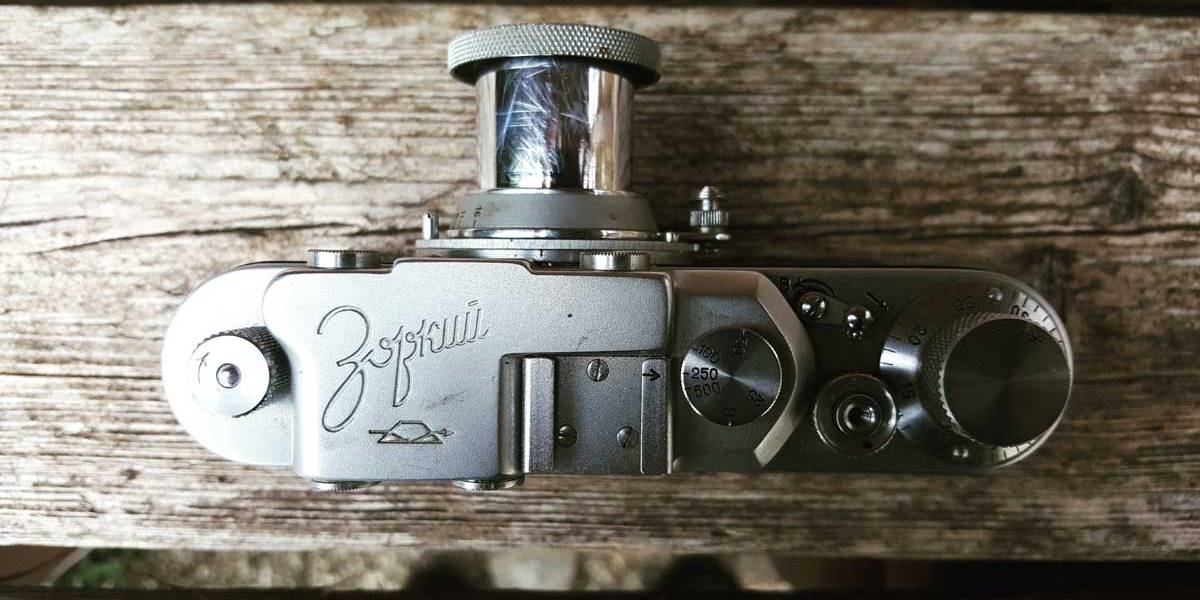
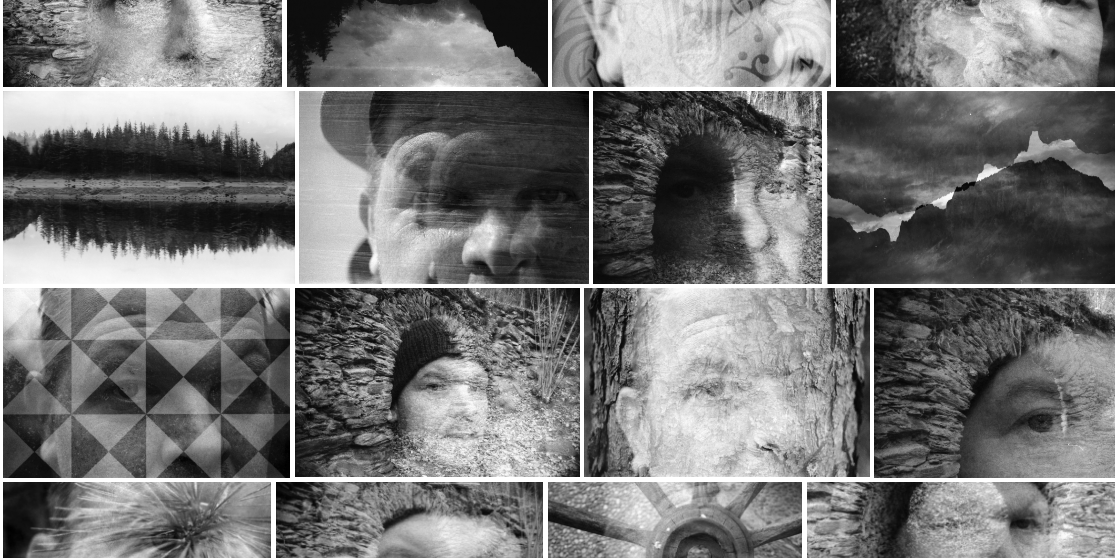

A great review, thank you for sharing. I am Looking for some good camera, now I have a Lomo LCA. I remember to have seen such a Nikon FE2 in a camera store where I live in Israel, on Allenby street. But it is 990ILS, which is much more than 150EUR. It is without a lens, too.
Hi Shahaf!
The FE2 is a great camera, if you’re looking for a prime 35mm SLR. I’d encourage you to go for one. If you mean Allenby Street in Tel Aviv (it’s the only Allenby I know in Israel), then there are just two camera shops there. The first one is my favourite in TA, Interphoto (which also has a lot of Lomography stuff and a great selection of film), the other one is a few meters down to the sea on the same side of the street, selling and repairing used cameras and photo gear. Interphoto is also on FB, have a look here: https://www.facebook.com/InterphotoIL/. As I saw just now, they have Black Friday offers on 29th of November, btw.
Prices in Israel are unreal, compared to Europe. I don’t know if this also applies for second hand cameras, but 250EUR for the FE2 body is too much, even in mint condition. In your situation I’d do this: Both of these two shops are not only selling their stuff, but also selling for other people. These people come and tell how much they want for their things. Go to both shops, tell that you are looking for an FE2 in mint condition and can’t pay more than 150EUR for the body or 200 for a set of camera body and lens (ask for the AF Nikkor 50mm 1:1.4D or the AF Nikkor 28-70mm1:3.5-4.5D if you want a more flexible solution). Both shops know people, they can spread the word and contact you in case they have somebody who sells for this price. Or the one with the 250EUR camera body even agrees to your offer, who knows. Everybody tries to get the best out of a deal, maybe it is just a try if it sells for this money?
And don’t hurry, look around, there are also other shops in Tel Aviv which sell used photo gear. Contact them with the same request as those two we are talking about. The most important thing is, that you can watch the camera in real life, not ebay. You could also post a request to some local FB groups with general interest for locals, if you find some.
I hope that you find a nice FE2 soon. I’m sure you’ll be absolutely happy with it!
Panda Greetings to Israel!
PS: Interphoto also develops your film in great quality, very quickly (you can pick them up after 2-3 hours, maybe less, b/w takes one day if I remember right). When I’m in Tel Aviv, I always go there. Simply nice people, friendly, helpful. Since the extremely dumb security staff at Ben Gurion airport fucks undeveloped films by their stupid ignorance, even if you tell them that you pushed your film over 800ISO, it is always a good advice to get the film developed before leaving by plane. If you look at my various black and white photo galleries about Israel, you know what I mean. All these various wave form light stripes are from airport x-ray. They continuously ignore any request to hand check undeveloped film. Fucking Generation “iPhone” there! Behaving like they know everything, but concerning film photography dumb as the darkest night… So, in short: Interphoto has a great film dev service))
Hi Panda!
Thank you so much for your advice!!! Yes, it is Allenby in Tel Aviv. I did not know that you know all the places)) I will try what you said. And thank you for your advice about Ben Gurion Airport!!! I will remember when returning home from travel!
i have an an fe2 still New sealed brand new never been used. I have new cameras from the 80s we use to rent a photography shop and the man passed away we took all of his stock in exchange of the unpaid rent.
my email is [email protected]
i am selling each camera separately. I have brand new cameras and i have used also.
[…] & Settings: Nikon FE2, Nikkor 50mm 1:1,4. All shots f4 at 1/15. Film shot at box speed (ISO […]